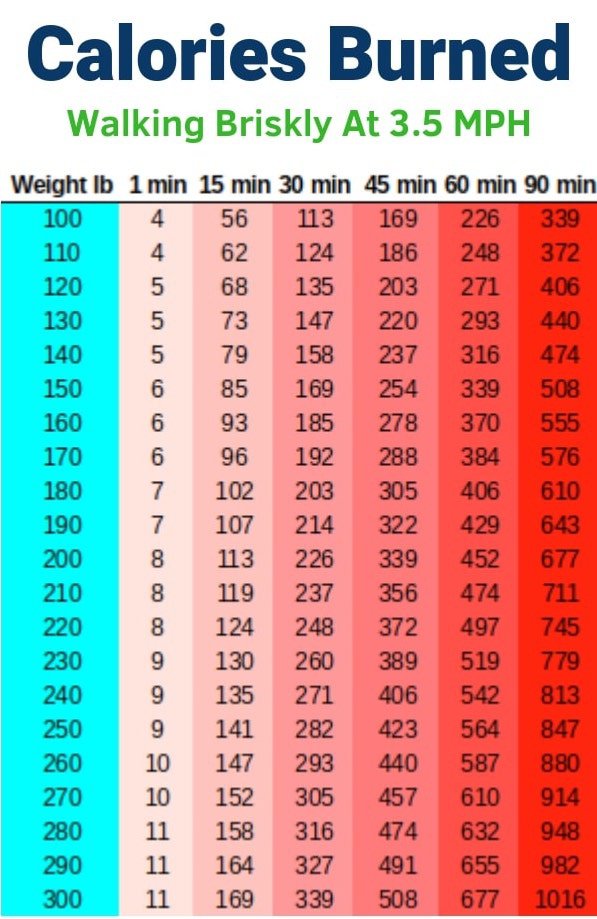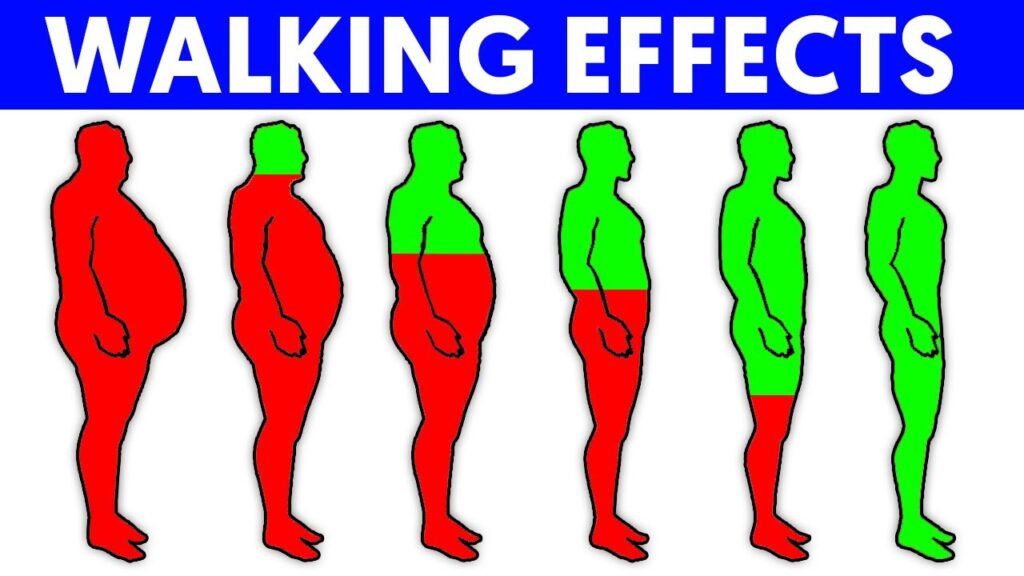Want to shed those extra pounds but not sure where to start? We’ve got you covered! In this article, we’ll answer the age-old question: how many steps should you take a day to lose 2 pounds a week? Whether you’re a fitness enthusiast or just starting your weight loss journey, we’ll provide you with some simple yet effective guidelines to help you achieve your goals. So lace up your sneakers and get ready to take those steps towards a healthier, fitter you!
Calculating Calorie Deficit
Understanding Calorie Deficit
Calorie deficit is a term used to describe the state in which your body consumes fewer calories than it burns. It plays a crucial role in weight loss by promoting the utilization of stored fat as a source of energy. To achieve weight loss, it is essential to create a calorie deficit by either reducing your daily calorie intake or increasing your physical activity.
Determining Daily Calorie Deficit for Weight Loss
Calculating your daily calorie deficit is a crucial step in achieving your weight loss goals. To determine the number of calories you need to consume to lose weight, you will need to consider your baseline calorie needs and your desired rate of weight loss. It is generally recommended to aim for a calorie deficit of 500 to 1000 calories per day, which can result in a safe and sustainable weight loss of 1 to 2 pounds per week.
Steps to Calories Conversion
Establishing the Baseline
Before converting your steps into calories burned, you need to establish a baseline to measure against. This involves determining your resting metabolic rate (RMR), which is the number of calories your body requires at rest. There are online calculators and formulas that can help you estimate your RMR based on factors such as age, gender, weight, and height. Once you have your RMR, you can calculate your total daily calorie needs.
Converting Steps to Calories Burned
To convert steps into calories burned, you can use a simple formula. On average, a person burns approximately 0.04 to 0.05 calories per step. By multiplying the number of steps you take in a day by this conversion factor, you can estimate the number of calories you burn through walking. However, it is important to note that this is just an estimate, as individual factors such as weight, pace, and terrain can affect the actual calorie burn.

Step Count for Weight Loss
Recommended Daily Step Count
To achieve weight loss, it is generally recommended to aim for a daily step count of at least 10,000 steps. This level of physical activity can help you burn calories, improve cardiovascular health, and enhance overall fitness. However, if you are currently sedentary or have health conditions, it is advisable to start with a lower step count and gradually increase it over time.
Factors Affecting Step Count
Various factors can influence the number of steps required for weight loss. These include your current weight, fitness level, age, gender, and overall health. People with higher body weights or lower fitness levels may need to take more steps to achieve the same calorie burn as someone who is lighter or fitter. It is essential to listen to your body and adjust your step count accordingly.
Determining the Target Step Count
Setting a Realistic Goal
When determining your target step count for weight loss, it is crucial to set a realistic and achievable goal. Aim for gradual progress rather than trying to reach a high step count immediately. Setting small and achievable targets can boost your motivation and increase your chances of long-term success.
Adjusting Step Count for Individual Factors
To determine your specific target step count, you may need to consider individual factors such as your current activity level, fitness goals, and time availability. If you already engage in moderate-intensity activities, you may need fewer steps to achieve your weight loss goals. On the other hand, if you have a sedentary lifestyle, you may need to increase your step count more significantly.

Increasing Step Count Gradually
Importance of Gradual Increase
Gradually increasing your step count is essential for preventing injuries and allowing your body to adapt to the increased physical activity. Rapidly jumping from a sedentary lifestyle to a high step count can put excessive strain on your muscles, joints, and cardiovascular system. By increasing your steps gradually, you can minimize the risk of injuries and promote long-term adherence to your exercise routine.
Safe and Sustainable Approach
When increasing your step count, it is vital to prioritize safety and sustainability. Start by adding a few hundred steps to your daily routine, and gradually increase it by 10-20% each week. This incremental approach allows your body to adjust and reduces the risk of overexertion. Remember to listen to your body and take rest days when needed to avoid burnout.
Incorporating Other Physical Activities
Role of Intense Workouts
While walking is a great form of exercise, incorporating other physical activities can enhance your weight loss efforts. Intense workouts such as running, cycling, or high-intensity interval training (HIIT) can help you burn more calories in a shorter amount of time. Combining these intense workouts with your daily step count can provide a well-rounded approach to weight loss and improve overall fitness.
Combining Cardio and Strength Training
To maximize weight loss and overall health, it is beneficial to include both cardiovascular and strength training exercises in your fitness routine. Cardio exercises like running or dancing can increase calorie burn, whereas strength training activities like weightlifting or bodyweight exercises build muscle mass. A combination of both forms of exercise can optimize your calorie deficit and promote a toned physique.

Monitoring Progress and Adjusting
Using Fitness Trackers
Fitness trackers, such as smartwatches or pedometers, can be valuable tools for monitoring your step count and progress. These devices provide accurate data on your daily steps, distance covered, and calories burned. By tracking your progress, you can ensure that you are consistently meeting your target step count and adjust if necessary.
Analyzing Weight Loss Results
While step count is an important factor in weight loss, it is crucial to regularly assess your progress and make adjustments as needed. Check your weight regularly to track your overall weight loss. If you find that your weight loss has plateaued, you may need to increase your step count or make adjustments to your calorie intake. Consulting a healthcare professional or a registered dietitian can provide valuable guidance in analyzing your results.
Tips for Achieving the Target Step Count
Finding Opportunities to Walk
Finding opportunities to walk throughout your day can help you reach your target step count more easily. Take the stairs instead of the elevator, park your car farther away from your destination, or go for a walk during lunch breaks. Every step counts, and incorporating more movement into your daily routine can make a significant difference in achieving your weight loss goals.
Using Walking as a Mode of Transportation
Consider using walking as a mode of transportation whenever feasible. If your destination is within a reasonable walking distance, leave the car at home and opt for walking instead. This not only helps you achieve your daily step count but also promotes an active lifestyle. Walking not only supports weight loss but also provides numerous health benefits, including improved cardiovascular health and reduced risk of chronic diseases.

Overcoming Obstacles and Staying Motivated
Dealing with Time Constraints
One of the most common obstacles to achieving the target step count is lack of time. However, there are creative ways to overcome this challenge. Break your walks into shorter, more frequent sessions throughout the day. Find pockets of time to squeeze in physical activity, such as during work breaks or while waiting for appointments. Making small adjustments to your daily routine can help you find time for exercise and keep you motivated.
Maintaining Consistency and Willpower
Maintaining consistency and willpower are key factors in achieving your weight loss goals. Build a routine around your daily step count by setting specific times for walking, such as before or after work. Surround yourself with supportive friends or family members who can motivate and encourage you on your weight loss journey. Remember to celebrate small victories along the way to stay motivated and focused on your ultimate goal.
Consulting a Healthcare Professional
Seeking Expert Advice
If you find it challenging to meet your target step count or have underlying health conditions, it is advisable to consult a healthcare professional. They can provide personalized advice based on your individual circumstances and help you create an effective weight loss plan. A healthcare professional can also guide you on any necessary modifications considering your personal health conditions or limitations.
Accounting for Personal Health Conditions
Individuals with certain health conditions, such as joint problems or chronic illnesses, may need to adjust their step count or choose alternative forms of exercise. It is essential to work with a healthcare professional to assess any potential risks or limitations and ensure that your weight loss plan is safe and appropriate for your specific needs. They can provide tailored guidance and recommendations to help you achieve your goals while prioritizing your health.
In conclusion, calculating your calorie deficit, converting steps to calories burned, determining the target step count, and incorporating other physical activities are essential steps towards weight loss. By setting realistic goals, gradually increasing your step count, and monitoring your progress, you can achieve sustainable weight loss results. Remember to overcome obstacles, stay motivated, and seek professional advice when needed for a safe and effective weight loss journey. So lace up your walking shoes, set your step count target, and start walking towards a healthier you!

